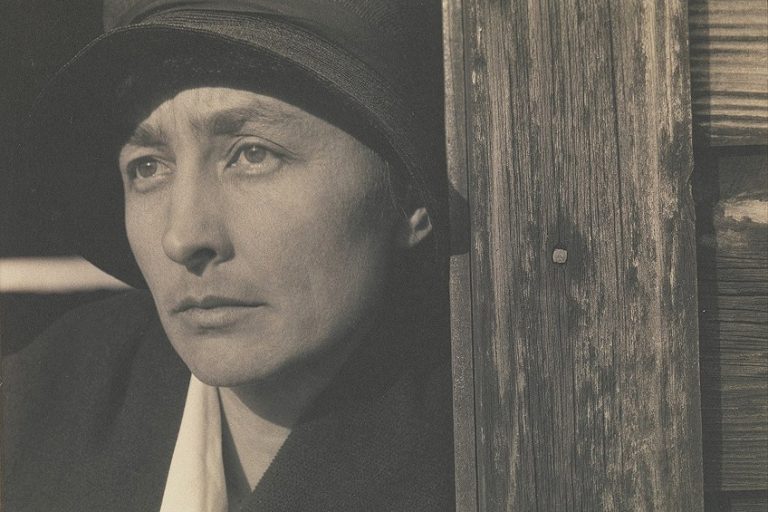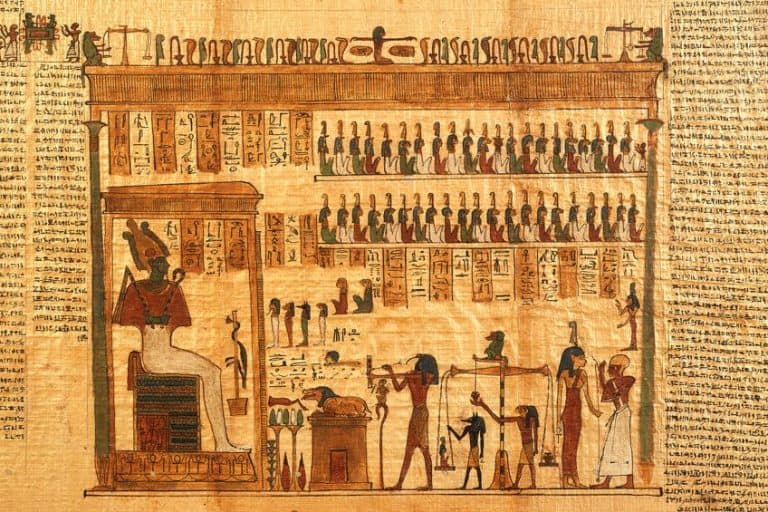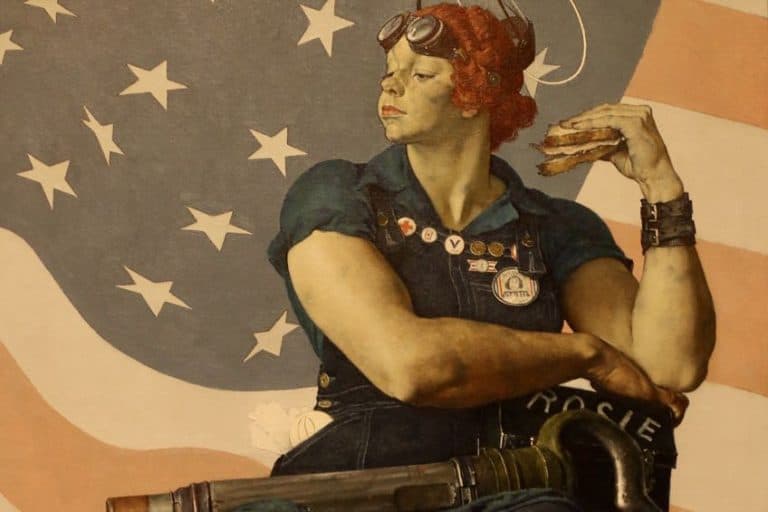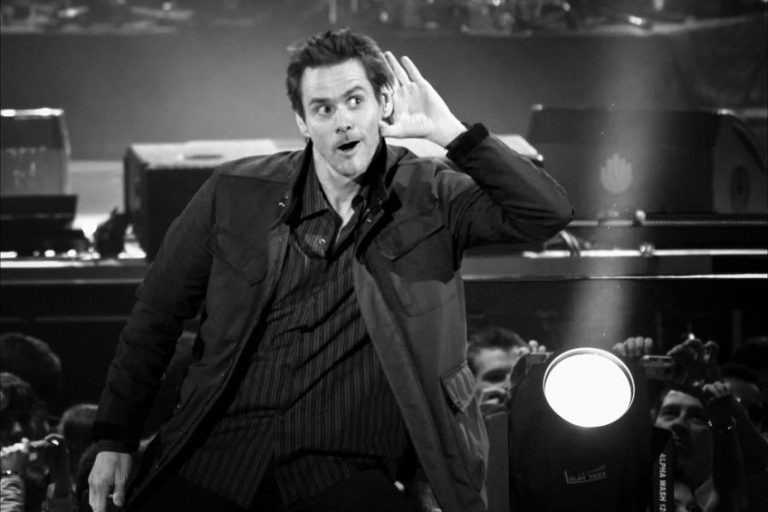“New York Movie” by Edward Hopper – Capturing the Theater
Edward Hopper’s New York Movie is a captivating portrayal of urban solitude amidst the bustling energy of a movie theater. Painted in 1939, this masterpiece encapsulates Hopper’s signature style of capturing moments of introspection and isolation within the modern American landscape. The painting features a lone usherette, bathed in the glow of the theater’s light, her posture reflective of a quiet moment amid the cinematic spectacle. Through meticulous attention to light and shadow, Hopper invites viewers into a contemplative narrative, where the intersection of human presence and urban anonymity evokes a profound sense of longing and introspection characteristic of his iconic works.
Key Takeaways
- Edward Hopper’s New York Movie captures the mood of a 1930s theater.
- The usherette reflects feelings of loneliness and contemplation.
- The painting is part of the Museum of Modern Art’s collection.
The Significance of New York Movie
| Artist | Edward Hopper (1882 – 1967) |
| Date Created | 1939 |
| Medium | Oil on canvas |
| Genre | Realism and Urban Landscape |
| Period/Movement | American Realism |
| Dimensions (cm) | 81.9 × 101.9 |
| Series/Versions | Single version |
| Where Is It Housed? | Museum of Modern Art, New York City, United States |
| What It Is Worth | Not publicly auctioned; significant cultural and historical value |
Edward Hopper’s New York Movie is a compelling painting that captures both the grandeur and solitude of a 1930s movie theater. Completed in early 1939, this oil on canvas artwork portrays a dimly lit cinema with scattered moviegoers and a solitary usherette deep in thought. The scene is filled with rich details and multiple light sources, creating a captivating visual experience that draws viewers into the moment. The usherette stands as a central figure in the painting, symbolizing isolation amidst the bustling environment of the theater.
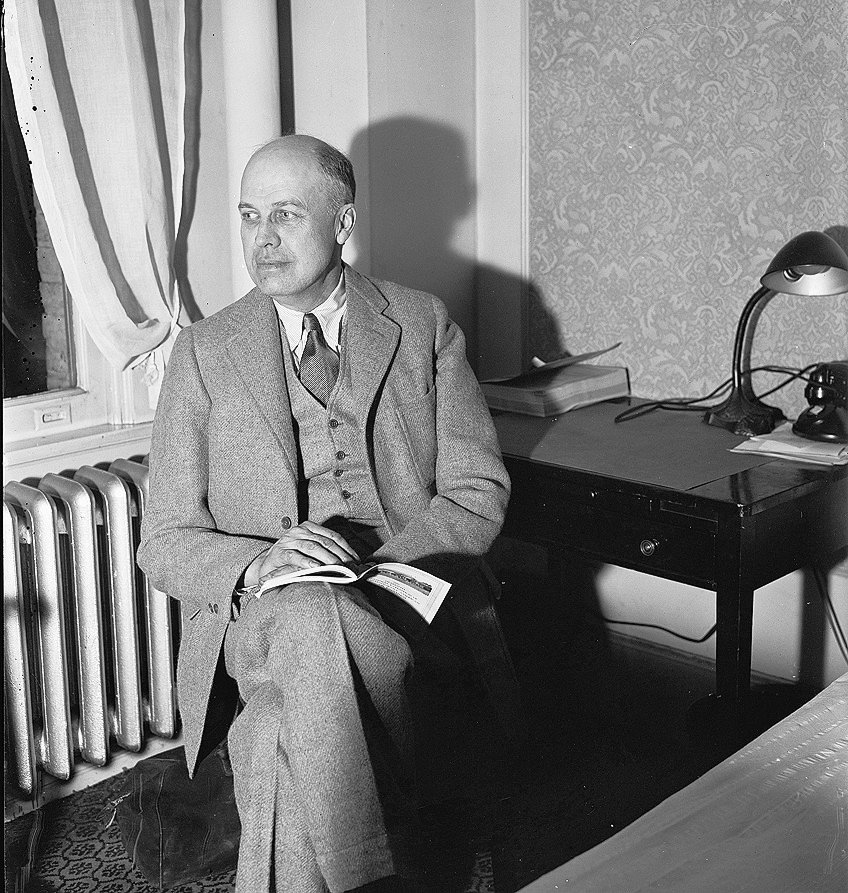
Hopper’s precise use of light and shadow not only highlights the architectural beauty of the theater but also reflects the emotional depth of his characters. By observing such elements, viewers are invited to ponder the complexities of urban life and the human condition. Displayed at the Museum of Modern Art in New York City, New York Movie showcases Hopper’s exceptional ability to blend realism with emotional resonance. His meticulous research and numerous sketches of theater interiors contribute to the painting’s authenticity, making it a remarkable piece in American art history.
Hopper’s Inspiration and the Depiction of Urban Life
Edward Hopper found inspiration in everyday moments, particularly in bustling cities. For New York Movie, he spent time sketching several movie theaters in New York, emphasizing their intricate interiors. He focused on the details, such as the grandeur of the theater and the play of light and shadow, to create a realistic yet emotive scene.
The painting showcases a nearly empty theater with a few scattered moviegoers.
The centerpiece is a pensive usherette who stands apart from the audience. This depiction highlights the contrasts of urban life: the vibrant environment and the solitary individuals within it. The theater, with its detailed architecture, represents the allure and complexity of city living.
Themes of Isolation and Loneliness
New York Movie is renowned for its exploration of isolation and loneliness. The usherette, positioned away from the moviegoers, embodies a sense of separation. Despite being in a public space, she is lost in her thoughts, a symbol of solitude amidst the crowd.

Hopper’s use of light and shadow further accentuates this theme. The dimly lit theater contrasts with the bright screen, creating a mood that underscores the usherette’s isolation. This reflects Hopper’s broader commentary on the human condition, showing how people can feel alone even in the busiest urban settings.
This theme resonates through many of Hopper’s works, making New York Movie a quintessential piece in American Art.
Artistic Elements and Style
New York Movie by Edward Hopper is known for its thoughtful composition, expert use of light, and evocative atmosphere reflecting the artist’s deep engagement with cinema and theater.
Subject Matter
New York Movie portrays a quiet, nearly empty movie theater. The focus is on an usherette standing to the side, lost in her own thoughts. The moviegoers are scattered throughout the theater, emphasizing isolation. Hopper’s choice to depict the usherette details his interest in people who are physically present but mentally detached.
Composition and Use of Light
Hopper skillfully uses light to draw attention and create mood. The theater is dimly lit, with spotlights highlighting features like the usherette and the ornate interior. The contrast between light and shadow enhances the painting’s melancholic tone. Multiple light sources create complex patterns and emphasize the textures and details within the theater.

Hopper’s Technique and Color Palette
Hopper employed oil on canvas for New York Movie, which allowed for smooth blending of colors and textures. His brushwork is precise, capturing the fine details of the theater’s architecture. The color palette is subdued, with deep blues and muted golds dominating.
This choice reinforces the somber and reflective mood of the scene.
Influence of Film and Theatre
Hopper’s experience with cinema and theater is evident in New York Movie. He visited actual theaters, such as the Strand and the Globe, to study their interiors and atmosphere firsthand. The painting’s composition and dramatic use of lighting draw parallels to a film set, creating a scene that feels like a moment frozen in time. This connection to Hollywood adds a layer of depth to the artwork, blending fine art with popular culture.

The Usherette as a Central Character
In New York Movie, the usherette serves as a focal point, encapsulating themes of solitude and introspection. Her presence is key to understanding Edward Hopper’s exploration of loneliness and the human experience.
Symbolism of the Usherette in New York Movie
The usherette in New York Movie stands out as a symbol of isolation. Her position, away from the moviegoers, hints at a life apart from the crowd. Hopper uses light and shadow to highlight her contemplative mood. The dim lighting of the theater contrasts with the bright light on the usherette, drawing attention to her introspection. This use of light and shadow reflects her inner solitude amid a bustling environment. Her stance and expression suggest deep thought, underscoring themes of emotional distance.
Hopper’s careful placement and portrayal of the usherette reveal a complex character, lost in her own world despite the surrounding activity.
Comparison With Other Notable Works
The usherette in New York Movie can be compared to characters in other notable artworks by Edward Hopper. In many of his pieces, such as Nighthawks and Automat, Hopper depicts individuals in quiet, solitary moments. These characters are often caught in pensive, isolated states, mirroring the usherette’s loneliness and introspection. The comparison emphasizes Hopper’s recurring focus on solitude and the quiet moments of daily life. The play of light and dark is a common theme in Hopper’s work. It serves to elevate these characters, giving them depth and highlighting their emotional worlds. In New York Movie, this technique is crucial for understanding the usherette, making her a poignant central figure.

Edward Hopper’s New York Movie stands as a timeless testament to the artist’s ability to capture the complexities of human experience within the urban milieu. Through his masterful use of light, shadow, and composition, Hopper invites viewers to contemplate themes of solitude, connection, and the transient nature of modern life. The painting’s enduring appeal lies in its ability to evoke a range of emotions and interpretations, making it a compelling piece that continues to resonate with audiences today. New York Movie not only showcases Hopper’s technical prowess but also serves as a poignant reflection of the human condition, prompting us to ponder the moments of quiet introspection that often define our encounters with the bustling world around us.
Frequently Asked Questions
What Is the Meaning Behind Edward Hopper’s Painting, New York Movie?
Edward Hopper’s New York Movie showcases a nearly empty theater with a lone usherette deep in thought. This scene captures a contrast between the public activity of the movie theater and the private inner life of the usherette. The painting reflects themes of loneliness and isolation within the bustling city.
Where Can One View Edward Hopper’s New York Movie?
New York Movie by Edward Hopper is part of the collection at the Museum of Modern Art (MoMA) in New York City. While it may not always be on display, visitors can inquire with the museum about its availability or check current exhibitions online.
What Is the Significance of the Cinema Usherette in Edward Hopper’s New York Movie?
The cinema usherette in New York Movie serves as a focal point for the painting. Her pensive pose and separation from the moviegoers highlight a sense of isolation. This character often represents the unnoticed, reflective individuals within social environments, embodying the solitude amidst the crowd.
How Do the Themes of Loneliness and Isolation Manifest in New York Movie?
Themes of loneliness and isolation in New York Movie are evident through the physical separation of characters and the emphasis on the usherette’s introspection. The sparse audience and the usherette’s distant, thoughtful stance convey an emotional disconnection, echoing the isolation many feel even in populated spaces.
Isabella studied at the University of Cape Town in South Africa and graduated with a Bachelor of Arts majoring in English Literature & Language and Psychology. Throughout her undergraduate years, she took Art History as an additional subject and absolutely loved it. Building on from her art history knowledge that began in high school, art has always been a particular area of fascination for her. From learning about artworks previously unknown to her, or sharpening her existing understanding of specific works, the ability to continue learning within this interesting sphere excites her greatly.
Her focal points of interest in art history encompass profiling specific artists and art movements, as it is these areas where she is able to really dig deep into the rich narrative of the art world. Additionally, she particularly enjoys exploring the different artistic styles of the 20th century, as well as the important impact that female artists have had on the development of art history.
Learn more about Isabella Meyer and the Art in Context Team.
Cite this Article
Isabella, Meyer, ““New York Movie” by Edward Hopper – Capturing the Theater.” Art in Context. June 13, 2024. URL: https://artincontext.org/new-york-movie-by-edward-hopper/
Meyer, I. (2024, 13 June). “New York Movie” by Edward Hopper – Capturing the Theater. Art in Context. https://artincontext.org/new-york-movie-by-edward-hopper/
Meyer, Isabella. ““New York Movie” by Edward Hopper – Capturing the Theater.” Art in Context, June 13, 2024. https://artincontext.org/new-york-movie-by-edward-hopper/.




